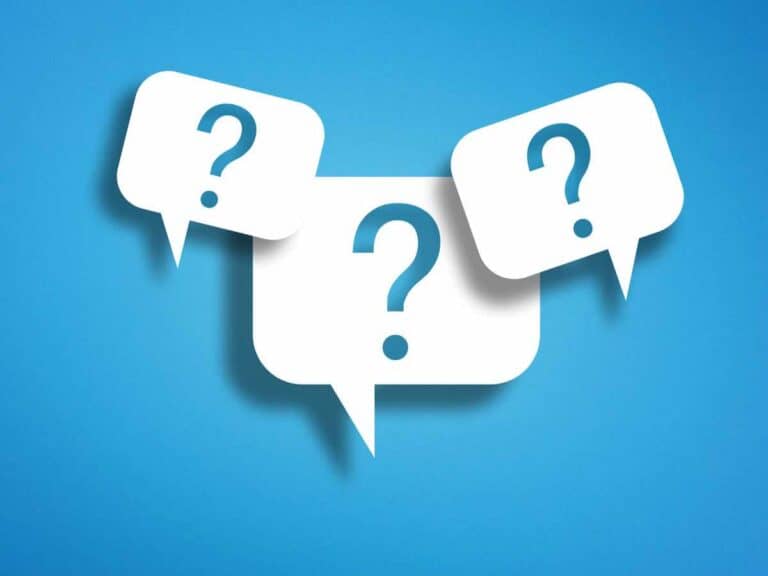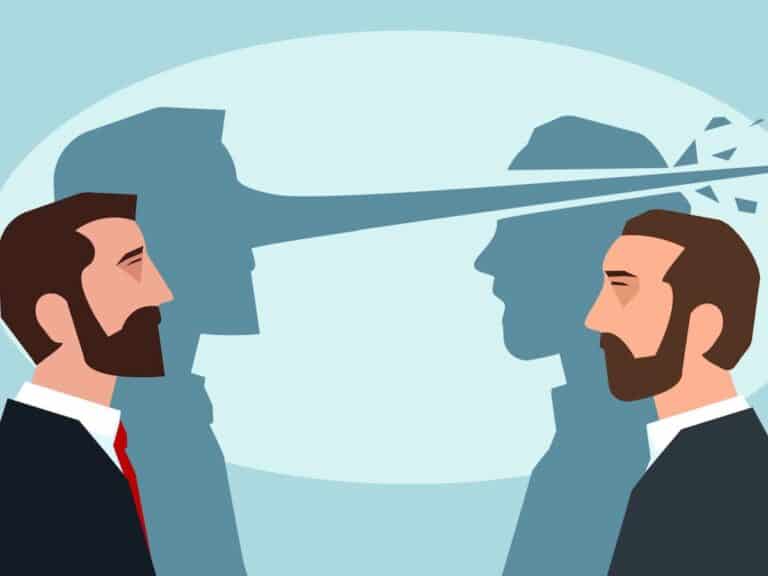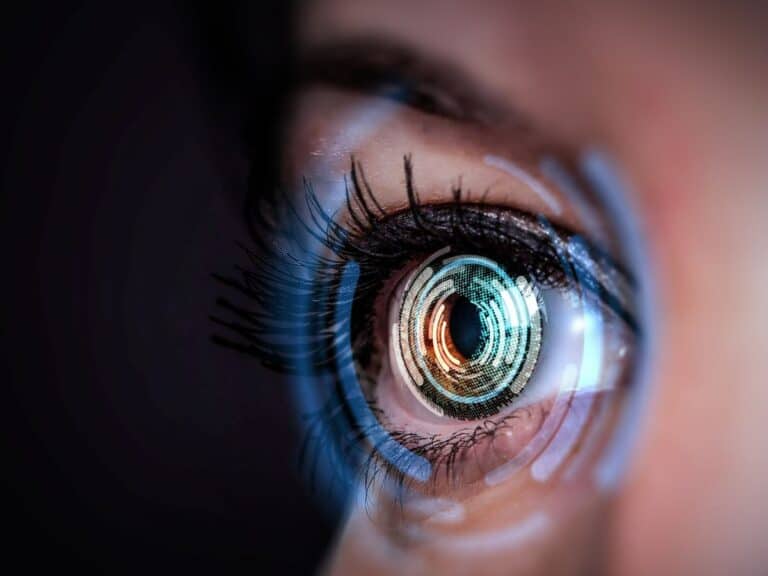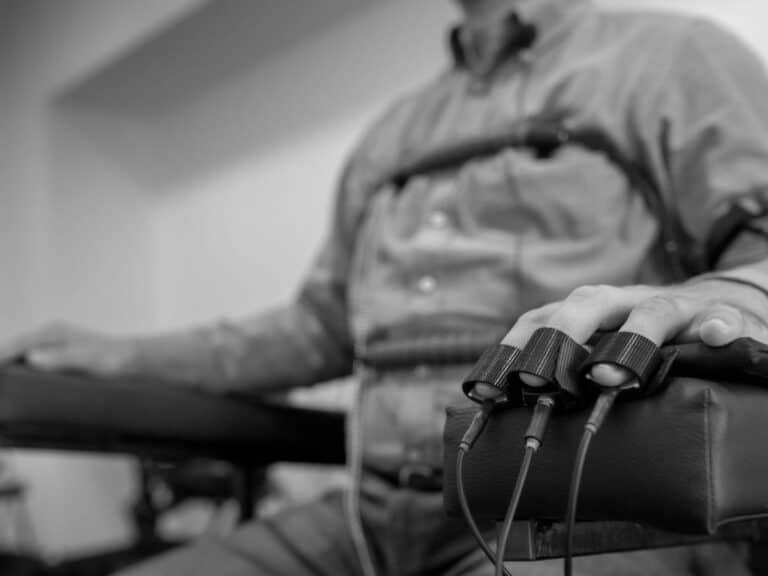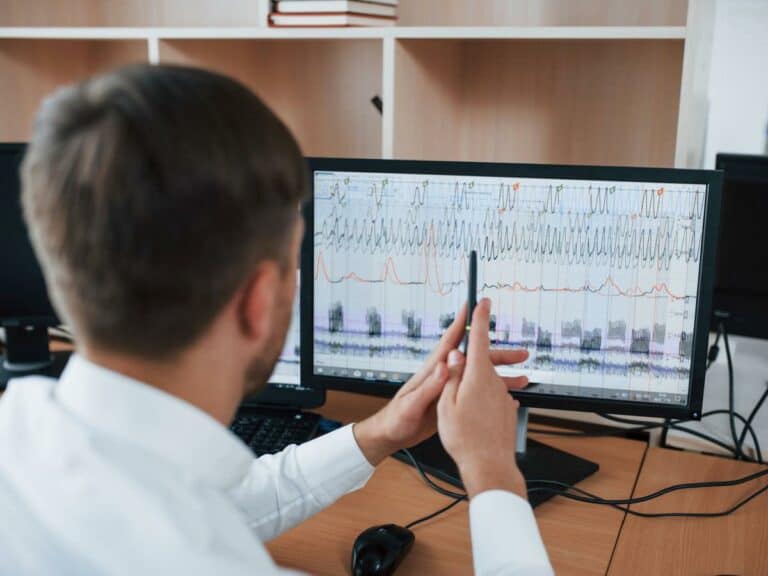Polygraph vs. CVSA vs. Voice Stress Analysis
When building cases and solving crimes, police officers and criminal investigators use all kinds of techniques to separate truthful individuals from deceitful ones. Some of the most popular ones are the following: a polygraph exam (or also more commonly referred to as a lie detector test), voice stress analysis (VSA) and computerized voice stress analysis (CVSA).
A polygraph, VSA and CVSA are all truth-telling procedures. They share another thing in common: they don’t actually detect lies — rather, they look for changes in certain bodily processes that can be associated with deception. A polygraph relies on the blood pressure, heart rate, respiratory rate and perspiration, while both VSA and CVSA rely on the voice.
Read on if you are asked to undergo a lie detector test and it leaves you terrified.
In this post, we will discuss the things that set a polygraph, VSA and CVSA apart from one another, such as how they started, how they work and just how accurate they are.
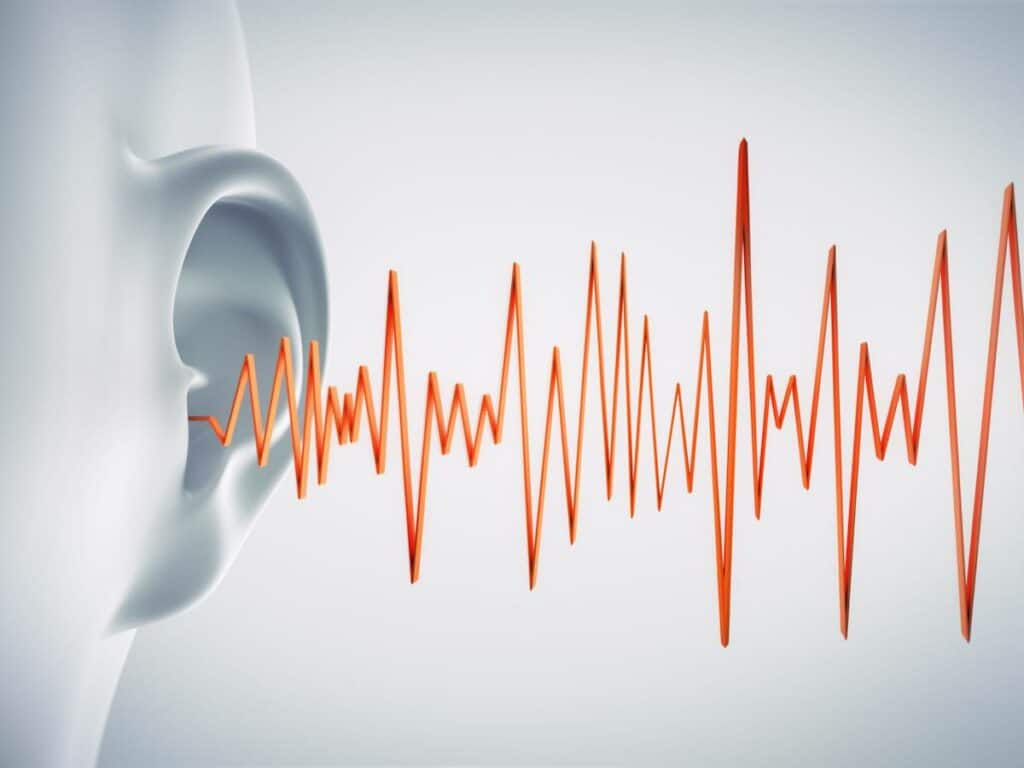
Brief History
Physiological reactions when being interrogated, which are what a polygraph machine monitors, were first observed in 1878 by an Italian physiologist named Angelo Mosso. Back then, he relied solely on cardiovascular and respiratory processes to investigate how people’s bodies reacted when being truthful and deceitful.
It didn’t take long for other scientists to consider and improve Mosso’s research.
John Larson, a Canadian psychologist, created the first polygraph machine in 1921 while working for the Berkeley Police Department in California. His brainchild, unlike lie detector instruments of today, measured only 3 physiological responses: blood pressure, heart rate and respiration.
In 1938, Leonarde Keeler, working for the Berkeley Police Department, too, refined Larson’s work by integrating into the polygraph machine a galvanometer, which basically measured the amount of sweat produced.
Voice stress analysis is much younger than the polygraph.
If it wasn’t for the hard work of someone who was a researcher at University College London (UCL), VSA wouldn’t have come into being. Olof Lippold — he’s the reason behind the development of VSA. In 1970, he discovered that all the muscles in the human body, including the vocal cords, vibrated at a certain frequency in times of stress.
During that time, Lippold was able to observe tremors emanating from the muscle when the fight or flight response is activated with the help of electrodes attached to the muscles of the middle finger.
In 1972, the discovery of Lippold was utilized by 3 former US Army officers — Wilson Ford, Charles McQuistonin and Allan Bell Jr. — in order to create an alternative to the polygraph. They did so by recording the human voice, slowing it down and recording it using an ECG machine to reveal tremors in the voice.
That’s how VSA was born, which, back then, was considered ground-breaking.
In 1989, Charles Humble, the founder of a trade school located in Florida, refined VSA and created CVSA. These days, the acronym stands for both computer voice stress analysis and computer voice stress analyzer, which was the name of the truth-telling device invented by Humble.
How They Work
A polygraph examination is also commonly referred to by many as a lie detector test. But don’t be fooled by its name — the investigative technique does not actually detect lies. What it can instead identify are the physiological reactions of the examinee while answering yes or no questions.
The task of determining if there’s deception based on the readings is left in the hands of the examiner.
Police officers, criminal investigators and private polygraphers use machines designed to monitor the following physiological processes that usually increase or accelerate when a person is stressed or anxious:
- Blood pressure
- Heart rate
- Respiratory activity
- Sweating
A deceptive subject, typically, will have his fight or flight response activated, which a polygraph machine can detect by means of its various sensors. On the other hand, a truthful subject will have pretty much the same physiological reactions as when answering irrelevant questions — questions that have nothing to do with the investigation.
These days, lie detector machines are computer-based. Gone are the days when the analog versions were used. In most instances, you will see them only on TV shows and in the movies.
On the other hand, both VSA and CVSA work in the same manner. As the name implies, these alternatives to a polygraph exam rely on the tremors in the voice of the subject in identifying deception — tremors, which only the machine can distinguish and not the human ear, are present in the voice of a deceitful examinee.
Unlike a polygraph machine that can have at least 4 sensors, VSA and CVSA only have a microphone.
Voice stress-based investigative methods bank on the fact that the vocal cords are muscles, and the muscles of the body tighten when the fight or flight response is activated, such as when telling a lie. And because no one is capable of voluntarily controlling the flexibility of the vocal cords, deception can be caught.
It’s true that both VSA and CVSA rely on the same principle when determining the veracity of the subject. Both truth-telling exams also have one very important component: a microphone.
However, they are different in appearance. Much older VSA is the analog kind — it has needles that write data on a scrolling roll of paper as the examinee answers yes or no questions. So, in other words, it’s similar to an analog polygraph machine, although they monitor and record entirely different things.
CVSA, which stands for computer voice stress analysis, uses a computer and its companion software.
Accuracy
Proponents say that a polygraph exam can be up to 90% accurate. What’s keeping the investigative procedure designed to identify deception from being totally infallible is that it’s vulnerable to being influenced. Other than the individual who is undergoing a lie detector test, the one who is conducting it may also contaminate the result.
Countermeasures — these are the things that subjects may deliberately do in order to beat a polygraph.
Some of the most popular examples of countermeasures include biting the tongue or cheek, pressing the toe against a tack in the shoe, digging the fingernails into the palm and solving a difficult math equation.
The goal is to activate the fight or flight response when answering irrelevant questions, the kinds that do not induce stress or anxiety. Someone who wants to pass the test using countermeasures, meanwhile, has to remain calm and relaxed when answering control questions, the kinds that allow the examiner to see how the subject’s body responds when lying.
On the other hand, the accuracy rates of VSA and CVSA tend to vary.
According to an article that appeared on the website of the National Institute of Justice (NIJ), which is the research, development and evaluation agency of the US Department of Justice (DOJ), CVA is able to detect truth-tellers up to 90% of the time.
Based on independent research, meanwhile, CVSA has an accuracy rate that’s higher than 95%.
The same agency said that, based on two VSA methods tested, the older form of the examination was able to detect deception only up to 50% of the time, which makes its accuracy rate similar to tossing a coin.
Whether VSA or CVSA, there is only one known countermeasure that subjects can attempt to deploy: not speaking at all.
Just Before You Take Any Truth-Telling Test
Different investigative methods used for determining deception work differently. A polygraph measures changes in blood pressure, heart rate, respiratory rate and sweating. On the other hand, both VSA and CVSA monitor the presence of tremors in the voice, although the latter is computer-based.
Each approach comes with its own set of strengths and weaknesses, including especially in terms of accuracy.
Related Questions
Is a polygraph more accurate than an eye-scanning lie detector?
A polygraph test, say proponents, is at most 90% accurate. Meanwhile, experts say that eye-scanning lie detector is up to 88% accurate. Converus, a manufacturer of eye-scanning lie detector machines says that the combination of polygraph and eye-scanning yield an accuracy rate of 97% to 99%.
Can pain affect the result of a lie detector examination?
Pain can cause discomfort, which can increase the levels of stress hormones in the body. This can cause the various physiological processes, including those that a polygraph machine monitors, to increase or accelerate, which can then be mistaken by a polygraph examiner for a sign of deception.
Read Next: Is There Anything More Accurate Than a Polygraph?

